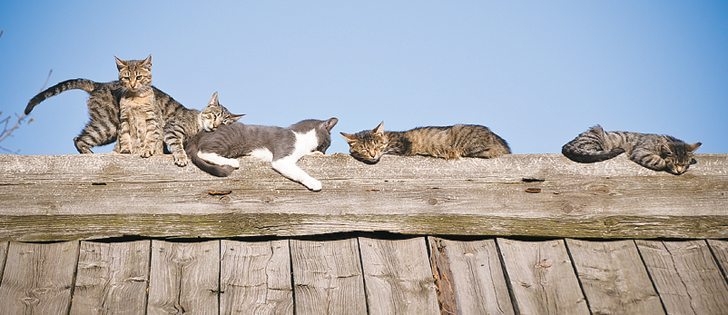The little robin on my autopsy table has a giant pocket of air under the skin overlying the back leg. In a few places, the skin and muscle are punctured and the bird died of its injuries.
What killed the bird? Most likely an outdoor domestic cat. Other causes of bird mortality, either directly or indirectly by people, include habitat destruction, building collisions, vehicles and poisoning.
The overall impact of these factors and cat-associated mortality is difficult to study, but the effects may be severe, especially in endangered bird populations.
Read Also

House ag committee to undertake several studies
The House of Commons standing agriculture committee has set its agenda for the coming months. Members began the fall sitting with a two-hour update on international trade
This case is the tip of the iceberg in terms of cat-associated bird mortality. According to the Canadian Wildlife Federation, cats kill 140 million birds and other small animals a year in Canada.
Another estimate, from the United States, attributes 1.4 to 3.7 billion bird deaths a year to free-ranging cats.
Based on statistics like this, there is an ongoing, often heated debate between wild bird advocates and those who champion feral cat protection.
On one side of the argument, bird watchers and other wildlife organizations blame cats for the decline of bird populations, especially in urban areas. Birds are not well-adapted to coping with cat-style predation because cats are an introduced species.
On the other hand, cat welfare organizations that run trap-neuter-release programs for feral cats allege that there is insufficient information to blame cats for bird population declines.
However, reducing free-roaming and feral cat populations is a priority for many cities. Some of the issues associated with free-roaming cats in cities include urine marking, defecation in sandboxes and gardens and late-night noise from fighting or mating.
Trap-neuter-release programs catch live feral cats, neuter them and then release them back into the same area where they were trapped. The neutered cats theoretically still consume resources such as food and occupy the same territory, but they have lower reproductive rates.
Some claim these programs are detrimental to bird populations because they do nothing to reduce predation.
There is little evidence to suggest they actually reduce feral cat populations. For example, abandoned cats can continue to increase the population, despite neutering of large numbers of cats.
It is nearly impossible to trap and neuter every animal in a population. Cat welfare organizations and the general public are generally opposed to simply killing cats.
A recent Tufts University study used a computer model to compare the effect of trap-neuter-release, trap-vasectomy or hysterectomy-release and lethal control programs.
Vasectomy involves severing the cord that transports sperm from the testicles to the penis while hysterectomy involves surgically removing the uterus. The testicles and ovaries are left in place to continue producing hormones while rendering the animal infertile.
This study found that vasectomy and hysterectomy resulted in the quickest population extinction. The theory is that these cats continue to behave like intact cats. They mate, exhibit social dominance and protect their territory. However, kittens are not produced.
What are the implications of this study to free-roaming farm cats? People who wish to reduce the number of cats on their farms might consider this information.
Rather than killing unwanted cats or having them spayed-neutered by veterinarians in the traditional way, vasectomy-hysterectomy appears to be a viable and effective option.
One challenge with changing from neutering farm cats to performing vasectomies is that veterinarians are not trained in this specific surgical technique.
However, overcoming this barrier is not insurmountable.
As the popularity of cats as pets increases, the number of free-roaming and feral cats is also expected to rise.

















